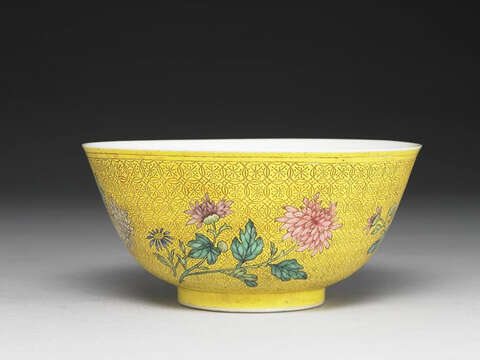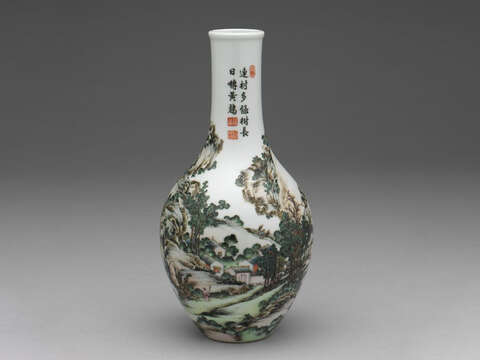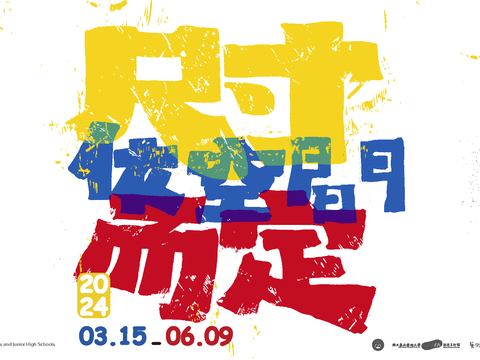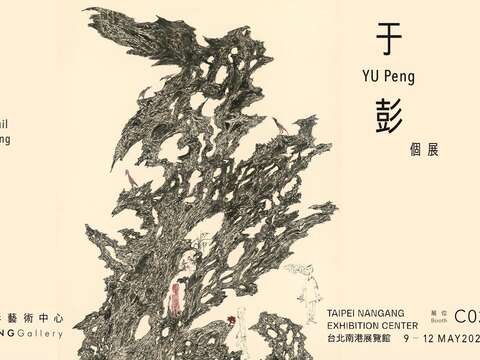Post date:2021-08-31
Updates:2021-08-31
1665
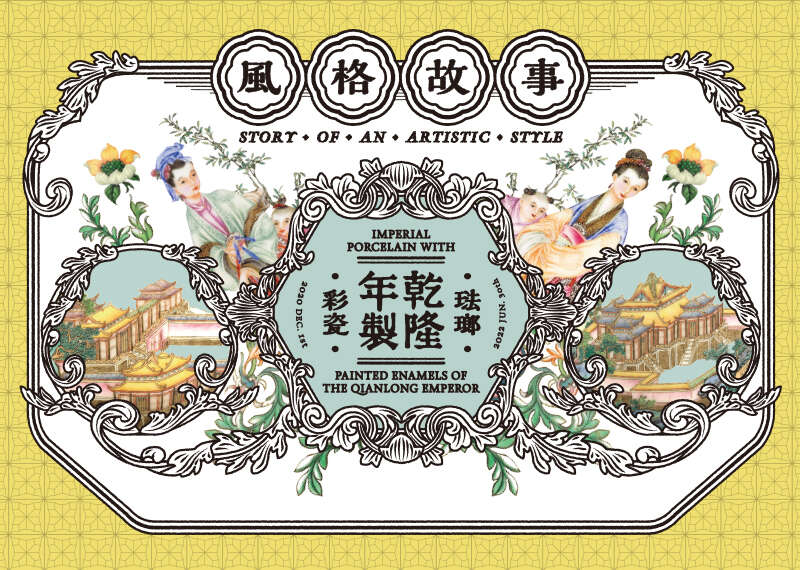
- Event Time
- 2020-12-01~2022-06-30
- Event Location
- No.221, Sec. 2, Zhishan Rd, Shilin Dist., Taipei City Taiwan, R.O.C
Dates: 2020-12-01~2022-06-30
Gallery: (Northern Branch) Exhibition Area I 203
Ever since the painted enamels had developed from the Kangxi reign (1662-1722), the course had gone through the transformation in the Yongzheng reign (1723-1735). As it reached the era of Qianlong (1736-1795), the continuous dialogue between the Emperor, imperial craftsmen and his pottery supervisor indicates that the painted enamel of Qianlong is one of the innovative perfections among the official wares. From the perspective of style, in contrast to the colours and ornaments of the Kangxi and Yongzheng period, the Qianlong products could be interpreted through the three divided sections "Convergence of Tints", "Novelty of Brilliance", and "Storage and Collection".
The first section mainly presents the two painted enamels of yangcai and falangcai that both highly valued by the Qianlong Emperor. He had inherited the characteristics from the Yongzheng reign and continued expressing the meaning of ornaments with predecessors' poems. Also, he had incorporated the Imperial poems full of the personal statement into the decorations, thus to have works brimming with imperial manner. The second section invites viewers to admire the innovative patterns appeared in the Qianlong reign. From the Eastern and Western figures, the landscapes and pavilions, the goldfishes and seaweed, to the intricate motif of "Auspicious Patterns on Floral Brocade" all of them are new decorative ornaments. The third section examines the extant wood storages, to retrace the process of categorizing, storing, and packaging of the old Qing court’s collection and new additions of potteries, which were organized under the Imperial orders.
Gallery: (Northern Branch) Exhibition Area I 203
Ever since the painted enamels had developed from the Kangxi reign (1662-1722), the course had gone through the transformation in the Yongzheng reign (1723-1735). As it reached the era of Qianlong (1736-1795), the continuous dialogue between the Emperor, imperial craftsmen and his pottery supervisor indicates that the painted enamel of Qianlong is one of the innovative perfections among the official wares. From the perspective of style, in contrast to the colours and ornaments of the Kangxi and Yongzheng period, the Qianlong products could be interpreted through the three divided sections "Convergence of Tints", "Novelty of Brilliance", and "Storage and Collection".
The first section mainly presents the two painted enamels of yangcai and falangcai that both highly valued by the Qianlong Emperor. He had inherited the characteristics from the Yongzheng reign and continued expressing the meaning of ornaments with predecessors' poems. Also, he had incorporated the Imperial poems full of the personal statement into the decorations, thus to have works brimming with imperial manner. The second section invites viewers to admire the innovative patterns appeared in the Qianlong reign. From the Eastern and Western figures, the landscapes and pavilions, the goldfishes and seaweed, to the intricate motif of "Auspicious Patterns on Floral Brocade" all of them are new decorative ornaments. The third section examines the extant wood storages, to retrace the process of categorizing, storing, and packaging of the old Qing court’s collection and new additions of potteries, which were organized under the Imperial orders.
 Story of an Artistic Style: Imperial Porcelain with Painted Enamels of the Qianlong Emperor
Story of an Artistic Style: Imperial Porcelain with Painted Enamels of the Qianlong Emperor
